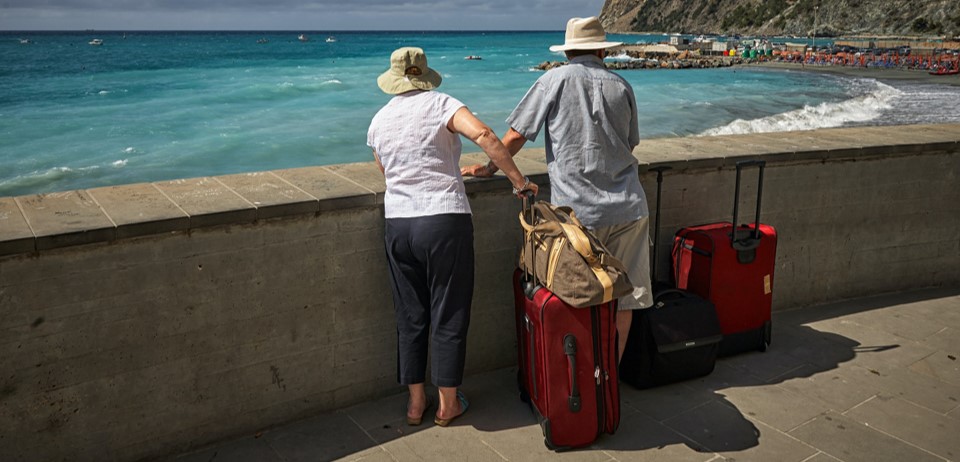The Schengen Area is a remarkable legislative achievement, with 27 European countries collaborating to create an area where people can move freely and without restriction. To ensure security and safety in the region, all of these nations also agreed to strengthen their external border control and law enforcement cooperation. As a result of this unified effort, citizens across Europe now have greater freedom than ever before while being protected from crime on both sides of the national borders.
The 27 countries in the Schengen Area include Austria, Belgium, Czech Republic, Croatia, Denmark, Estonia, Finland, France, Germany, Greece, Hungary, Iceland, Italy, Latvia, Liechtenstein, Lithuania, Luxembourg, Malta, Netherlands, Norway, Poland, Portugal, Slovakia, Slovenia, Spain, Sweden, and Switzerland.
When travelling to a Schengen country, you will typically need to apply for a Schengen Visa or National Visa, depending on the purpose and duration of your stay. Each type of visa has its specific requirements, with different privileges and restrictions.

















